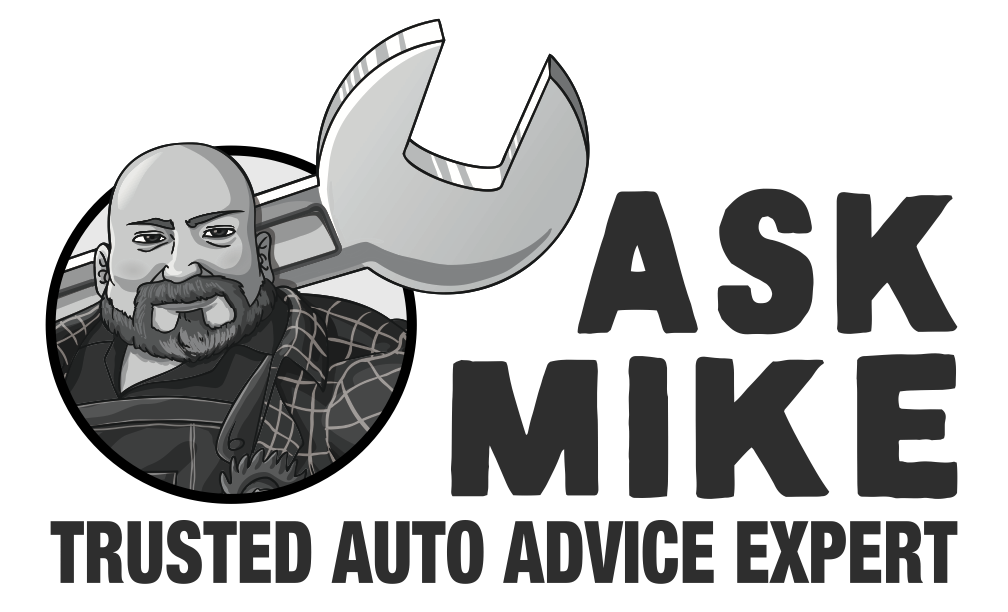Dear Mike,
I have a question about my all-wheel-drive vehicle. I’m not quite sure if there’s any required maintenance that I need to be aware of. I’ve heard that all-wheel-drive systems are more complex than traditional two-wheel-drive systems, but I’m not quite sure what that means for my car.
Any advice you could offer would be greatly appreciated!
Thanks,
Lina
Dear Lina,
Thanks for reaching out with your question about all-wheel-drive vehicles. As you mentioned, all-wheel-drive systems are becoming increasingly popular with North American consumers. And for good reason! With all-wheel-drive, you get better traction and handling, which can lead to a safer drive.
But, as you also mentioned, there are some downsides to all-wheel-drive when it comes to maintenance. All those extra moving parts means there’s the potential for more issues if you don’t keep up with the required maintenance.
So, what kind of maintenance are we talking about here? Well, the good news is that it’s not too complicated. Most manufacturers recommend fluid exchanges and inspections every 50,000 km to 80,000 km for all-wheel-drive vehicles. Some manufacturers may require more frequent maintenance, such as rear differential fluid replacement every 36,000 km.
Now, I know what you’re thinking – “Fluid exchanges? Inspections? What does that even mean?” Don’t worry, it’s not as confusing as it might sound. Basically, all those extra moving parts in your all-wheel-drive system require fluids to keep them lubricated and functioning properly. Over time, those fluids can break down and become less effective. That’s where fluid exchanges come in. By replacing those fluids at regular intervals, you can help prevent issues down the road.
As for inspections, your service provider should be checking your all-wheel-drive system for any signs of wear and tear. This includes things like worn-out seals, damaged boots, and leaks. Catching these issues early can save you a lot of headache (and money!) in the long run.
Now, you also mentioned that some of the fluids required for all-wheel-drive systems can be expensive. That’s definitely true! But keep in mind that skipping required maintenance can be even more expensive. Component replacement is always going to cost more than component maintenance.
So, to sum up: if you’re driving an all-wheel-drive vehicle, make sure you’re keeping up with the required maintenance. That means fluid exchanges and inspections at the recommended intervals. Your service provider should be able to let you know what fluids are required for your drivetrain, and when those fluids need to be replaced.
And one last piece of advice: if you’re looking to buy a new car, don’t just blindly opt for all-wheel-drive without considering the maintenance requirements. While all-wheel-drive can be a great option, it’s important to make sure you’re willing to take on the extra maintenance that comes with it.
I hope this helps, Lina! As always, if you have any more questions or concerns, don’t hesitate to reach out.
Best regards,
Mike Urban of Urban Automotive
